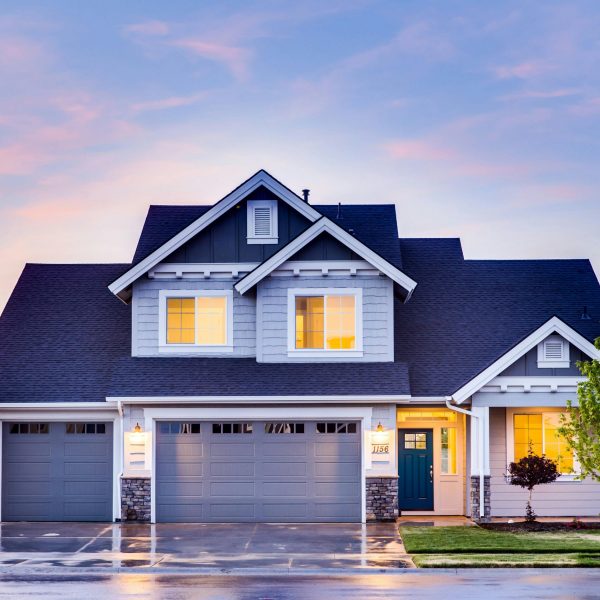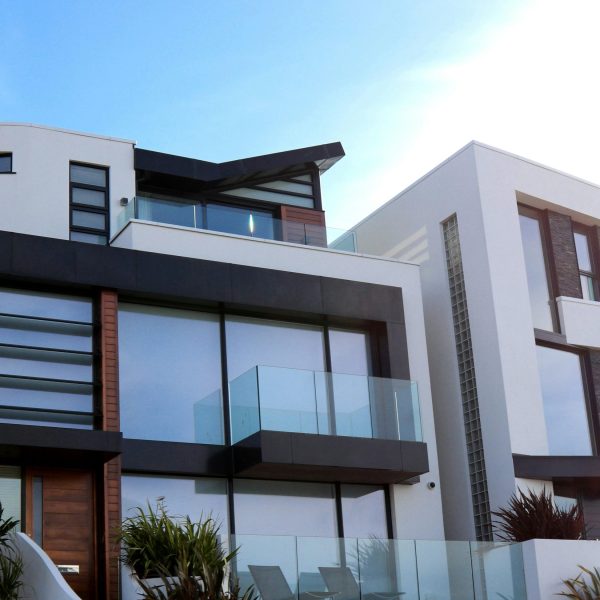Choosing the Right Land
Once the budget is set, the next step is selecting the land where your home will be built. The location of the property is crucial, as it can influence the cost of construction and the overall value of your home. When evaluating land, consider factors such as proximity to schools, shopping, hospitals, and your workplace. You should also think about the neighborhood, the environment, and potential for future development. Read more details about herskapelige hus.



